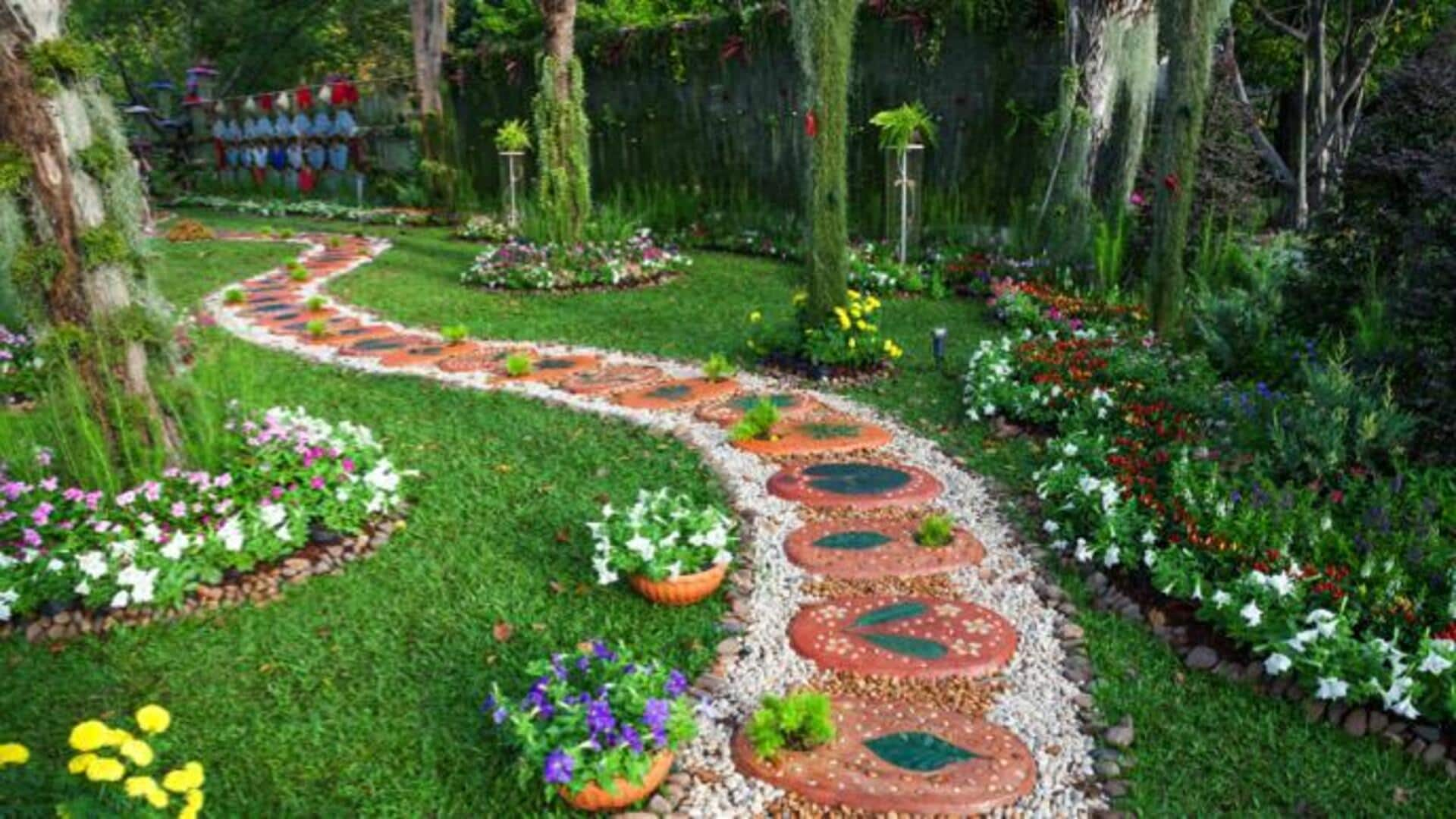
This is how you can make your kids more creative
What's the story
Sensory gardens provide a unique way to boost creativity in children by appealing to their senses. The gardens are designed to stimulate sight, sound, touch, smell, and taste with different plants and materials. By interacting with them, kids can explore their surroundings in a hands-on way that inspires imaginative play and creative thinking. Here are several ways sensory garden play can boost creativity in kids.
Tip 1
Encourage exploration through touch
Incorporating different textures within a sensory garden also allows kids to explore through touch. Plants with varied leaf surfaces, like soft lamb's ear or rough tree bark, offer tactile experiences that stimulate curiosity. Encouraging kids to feel these textures helps them develop descriptive language skills and fosters an appreciation for the diversity of nature.
Tip 2
Stimulate imagination with colors
Brightly colored flowers and foliage can also captivate children's attention and inspire imaginative play. A mix of vibrant hues like reds, yellows, and purples can create an inviting space where kids feel free to express themselves creatively. This exposure to color variation helps them understand color theory basics while sparking ideas for art projects or storytelling.
Tip 3
Engage auditory senses with sounds
Adding sound-producing elements also amplifies the audio experience in a sensory garden. Wind chimes or rustling grasses add natural sounds that promote listening skills and concentration. These auditory stimuli can also spark musical creativity as children imitate sounds or create rhythms using natural materials littered around the garden.
Tip 4
Enhance olfactory experiences with fragrant plants
Fragrant plants like lavender and mint are also key to attracting children's sense of smell, adding a rich layer to sensory exploration. Smelling various scents is crucial for developing olfactory recognition skills. It also triggers memories and emotions, which are important for igniting creative storytelling and role-playing activities. This multisensory approach not only enhances the garden experience but also promotes cognitive development in young learners.
Tip 5
Introduce taste safely with edible plants
Including safe-to-eat plants like herbs or fruits adds taste into the sensory experience without compromising safety. Tasting fresh produce from the garden teaches kids about flavors while encouraging healthy eating habits. This interaction not only boosts culinary creativity but also provides practical knowledge about plant growth cycles and nutrition.